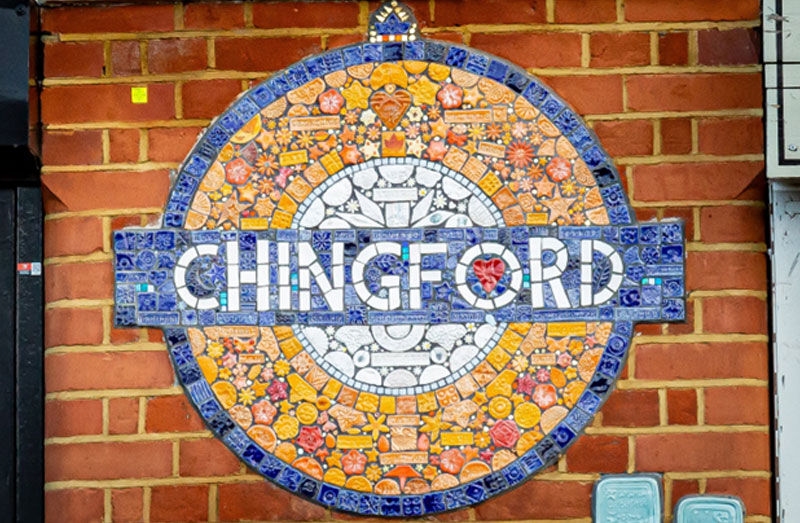Thinking of buying in Chingford?
See Our Sale PropertiesGuide to Chingford
Established in 1997 Lloyds Estate Agents is an independent estate agent in Chingford offering a personal service in sales, lettings and property management covering the Chingford area E4.
Chingfords popularity has never been greater, the overground line in to Londons’ Liverpool Street in around half an hour is just one of the many factors that make the area such a great place to live! Station Road offers a wide variety of cafes’, restaurants, bars & pubs. There are two golf courses, forest walks via Chingford plains, making the area hugely popular for dog owners, as well as Connaught Waters.
Chingford’s name may be derived from words meaning ‘ford of the stump-dwellers’, a reference to houses built on poles to keep them clear of the marshy ground, but others have suggested that ‘ching’ is a corruption of ‘shingle’. Either way, the early riverside settlement was probably located in modern South Chingford.
The first church was erected on Chingford Mount in the twelfth century, when patches of Epping Forest were beginning to be cleared, afterwards becoming the sites of Chingford’s disconnected hamlets. Three hundred years later Henry VIII commissioned the building of a lodge in Fairmead Park, two miles to the north-east of the Mount, to provide a grandstand view of the hunt in Epping Forest. Shown in the photo, this is now a museum of the forest’s history and is known as Queen Elizabeth’s Hunting Lodge.
Chingford remained a quiet parish, isolated by the River Lea and the forest and lacking public transport until the railway was extended here from Walthamstow in 1873. Even then, expansion advanced at a snail’s pace.
In the early 20th century building proceeded slowly at a handful of locations until after the First World War, when two decades of rapid growth saw most of the district covered by suburban housing, along with some industry in the south-west. During this period, the railway was also hugely popular with day-trippers to Epping Forest, who arrived in their tens of thousands on public holidays.
Because suburban development came relatively late, Chingford was not built up with the same dense layout that characterised many late Victorian street plans, like that of Walthamstow. The builders nevertheless exploited their sites aggressively, demolishing the few older houses that the district possessed at that time.
The arrival of the North Circular Road in 1928 boosted Chingford’s appeal to the newly car-owning middle classes.
Today the only undeveloped areas are Chingford Plain, which has a public golf course, and Pole Hill, once owned by Lawrence of Arabia.
To the west lie the King George’s and William Girling reservoirs. The former was opened in 1913 by George V and the latter in 1951, also by its namesake, who was chairman of the Metropolitan Water Board.

